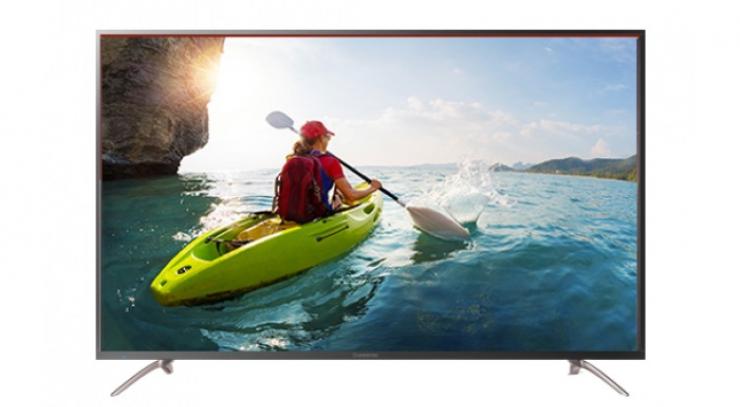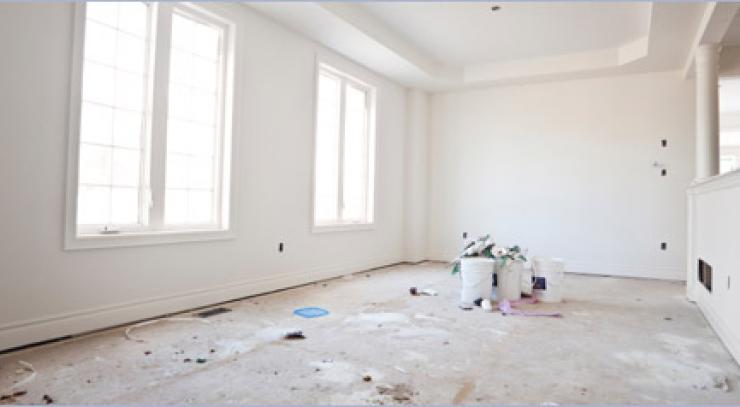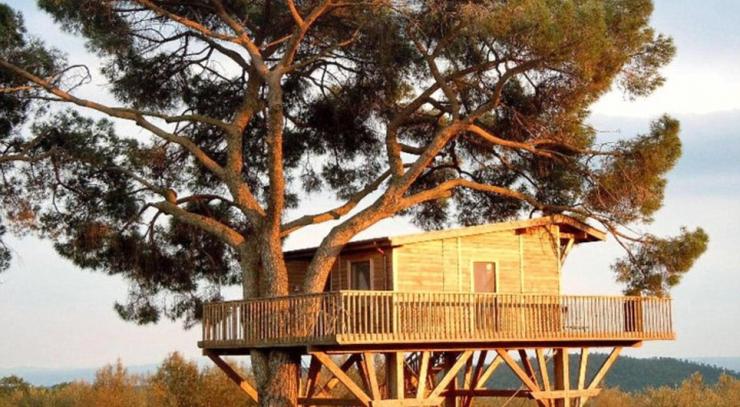We use a lot of water on a daily basis. It's easy to forget how much we're using because it feels like it doesn't add up. Unfortunately, this can have negative impacts on the environment and our bank account.
When you know how much water you use, it's easy to save money, reduce your environmental impact and avoid wasting water.
1. Save water with a low-flow showerhead
There are many tips and tricks to save water. One of the easiest ways to save water is by installing a low-flow showerhead.
A great way to be more aware of your water usage while you're in the shower is by tracking how much water you use each day. Once you start recording, it becomes easier to keep track of your water consumption which will lead to better habits when it comes to conserving this precious resource.
The average person spends around 12 minutes in the shower each time. Each shower uses around 100 gallons of water. If you install a low-flow showerhead, you can save 10% on your household’s water consumption.
2. Fix leaky faucets and toilets to save water without changing your habit
Fixing leaky faucets and toilets can save up to 10 gallons of water per day, which is the equivalent to 15% of the city's average daily water consumption. This could prevent about 75,000 gallons of water from going down the drain, making it an important contribution to the environment.
The average Australian household uses between 10,000 and 12,000 gallons of water each month. If you can fix one leaky faucet or toilet, you can save up to 2% of the household's total monthly water use.
3. Save water by installing a rain water tank in your garden
Rainwater tanks are a great way to reduce your water usage, and many people find that they also save money.
A rainwater tank harvesting system is an essential way to save water in your home. Harvesting rainwater means you're using the water that would have evaporated or been lost to runoff. Every time you catch rain that would have otherwise been lost to evaporation or storm water runoff, you're saving more water than if you didn't have a harvesting system at all.
Most people can install a rainwater tank system on their property with a little bit of planning. The system can be installed in various locations on your property, depending on the amount of space available and desired water collection area.
For example a 200-gallon rooftop tank is more compact than a 1,000-gallon underground tank, which is more cumbersome to install.
4. Save water with dishwashers that use less water
A dishwasher allows you to clean dishes with ease. It uses less water than hand washing, which means it uses less water overall. The great thing about this useful appliance is that it may also save water because it consumes less energy than if you were washing by hand.
If you want to save money on your energy and water bills, the best option is to buy a dishwasher that uses less water and electricity. Plus, low-flow models reduce the amount of water used by up to 20 gallons per load.
5. Save water by having a water wise and eco friendly garden
It is not just about planting a lot of flowers in your garden. You need to consider the types of plants you are going to place in your garden (different types of plants will require different amounts of water) and the amount of water they need.
The first step to saving water is simply being mindful of how much water you are using. You should only use the amount of water that your plants need, otherwise you will be wasting precious resources.
The second step in a well-maintained, eco-friendly garden is to mulch it. This will conserve water and prevent your soil from drying out, reducing the amount of time you have to spend watering.
Conclusion
Saving water is good for the environment and it makes every difference! Start small with your changes at home such as cutting back on your showers, taking shorter showers, running your dishwasher only when full.












